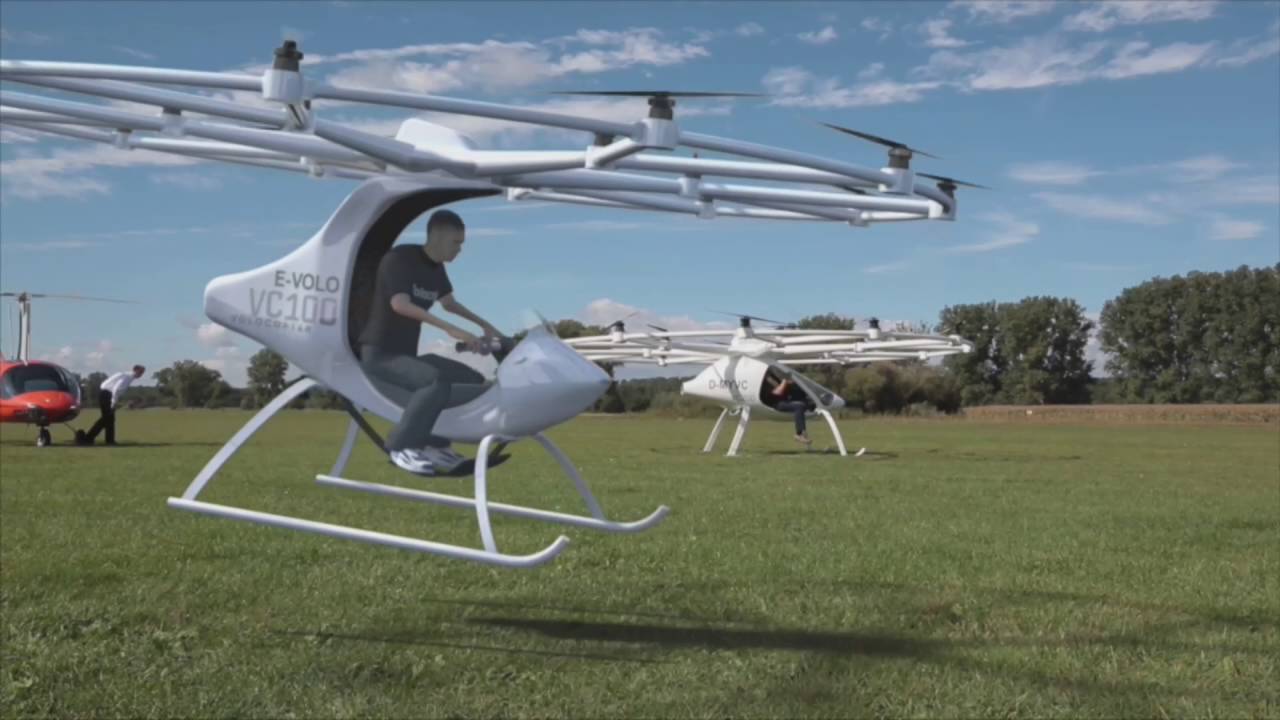Fuel Burn Cut Would Extend F-35 Flight Life

Morning Coffee is a robust blend of links to news around the Internet concerning the Naval Air Station Patuxent River  economic community. The opinions expressed here do not reflect opinions of the Leader’s owners or staff.
economic community. The opinions expressed here do not reflect opinions of the Leader’s owners or staff.
As Pratt & Whitney nears completion of the extensive F135 system development and demonstration program for the F-35 Joint Strike Fighter engine, the company is revealing new details of a proposed upgrade that could cut fuel burn by as much as 7% on aircraft entering service by the early 2020s, Aviation Week reports. The upgrade package builds on a technology effort driven by the US Navy and an improved compressor developed by Pratt. However, Pratt stresses that the potential upgrade, which would offer extended range and engine life to all F-35 variants, will have to be sold to the program before it becomes a reality; it is not part of the JSF program.
Software glitches have plagued the F-35, but operators said they noticed a marked improvement during a June deployment, Defense News reports. In past months, pilots had reported that they had trouble booting up their jets, and would have to restart key systems on the plane every three to four hours after sensors shut off without warning. “We cleared 88 of 88 sorties, and we were on time for 100 percent of those sorties for the large force exercises,” Maj. Brad Matherne, an F-35A pilot from the 34th Fighter Squadron, told reporters during a June 21 conference call about the most recent deployment. “We had zero losses due to any software stability issues that were previously out there.”
The Pentagon is cautioning Congress that required quantities for the F-35 Joint Strike Fighter might still increase or decrease based on “ongoing analysis,” but notes that one thing is certain: the program isn’t getting any cheaper, Inside Defense reports.
 A drone of your own: Testing of personal vehicles akin to mini-helicopters is taking off, The Economist reports. One passenger drone currently undergoing flight tests is the Volocopter VC200 (pictured here). With 18 separate rotors it might seem to be an ungainly contraption, but its makers, e-volo, a company based in Karlsruhe, Germany, claim it is more stable than a conventional helicopter, is more straightforward to fly, and can be operated with just one hand.
A drone of your own: Testing of personal vehicles akin to mini-helicopters is taking off, The Economist reports. One passenger drone currently undergoing flight tests is the Volocopter VC200 (pictured here). With 18 separate rotors it might seem to be an ungainly contraption, but its makers, e-volo, a company based in Karlsruhe, Germany, claim it is more stable than a conventional helicopter, is more straightforward to fly, and can be operated with just one hand.
The Navy recently demonstrated two key capabilities for the Triton Unmanned Air System program that will enhance future fleet operations, NAVAIR said Wednesday in a statement. During a flight test June 2 at NAS Patuxent River, an MQ-4C Triton and P-8A Poseidon successfully exchanged full motion video for the first time inflight via a Common Data Link, marking another interoperability step for the program. The test demonstrated Triton’s ability to track a target with its electro-optical/infrared camera to build situational awareness for a distant P-8 aircrew.
Federal agencies could do more to secure high-impact IT systems, starting with fully implementing their own comprehensive information security programs, the Government Accountability Office said in a report released June 21, FCW reports. GAO said the 24 agencies governed by the Chief Financial Officers Act have a total of 912 high-impact systems — almost 10 percent of their systems. Risky clicks via web- and email-based phishing attempts have led to most security breaches.
Hoping to slow a brain drain as experienced employees retire, DoD announced it is ready to implement phased retirements, energizing a program authorized in 2012 but little used by federal agencies, The Washington Post reports. Phased retirees work half time while collecting half of their salaries, plus half of the annuities they have accumulated to that point. When they fully retire, their annuities are recalculated to take the part-time work into account. The Defense Department move holds the potential to boost the program significantly; it employs about a third of the non-postal executive branch workforce. Drill down into the details here.
National Geospatial-Intelligence Agency immersion researchers and NGA’s mobile app developers are in discussions about how to utilize individuals’ smartphone camera-taking abilities to obtain photos of far-flung critical events that can be inserted into an immersive virtual-reality environment for analysis, Defense One reports. With a smartphone app, you could have an individual strolling down a street somewhere, snapping photographs, and those photographs would be uploaded to a generic building model at NGA. “We can then take those images and then overlay them on top of the building, so that our model becomes now the actual building,” said an agency researcher who spoke on background.
North Korea endured international humiliation with five failed launches in about two months before it finally pulled off what appears to be a successful test of a powerful new mid-range missile. Scientists managed to satisfy a direct order from Kim Jong Un looking for a credible military backup to his repeated threats to strike his enemies in all corners of Asia, says an Associated Press analysis carried by The Washington Post. Kim may have turned up the pressure on his scientists and military with his very public order in March to push ahead with more nuclear and missile tests, and they responded quickly, aware of Kim’s practice of dealing harshly and violently with those who displease him.























